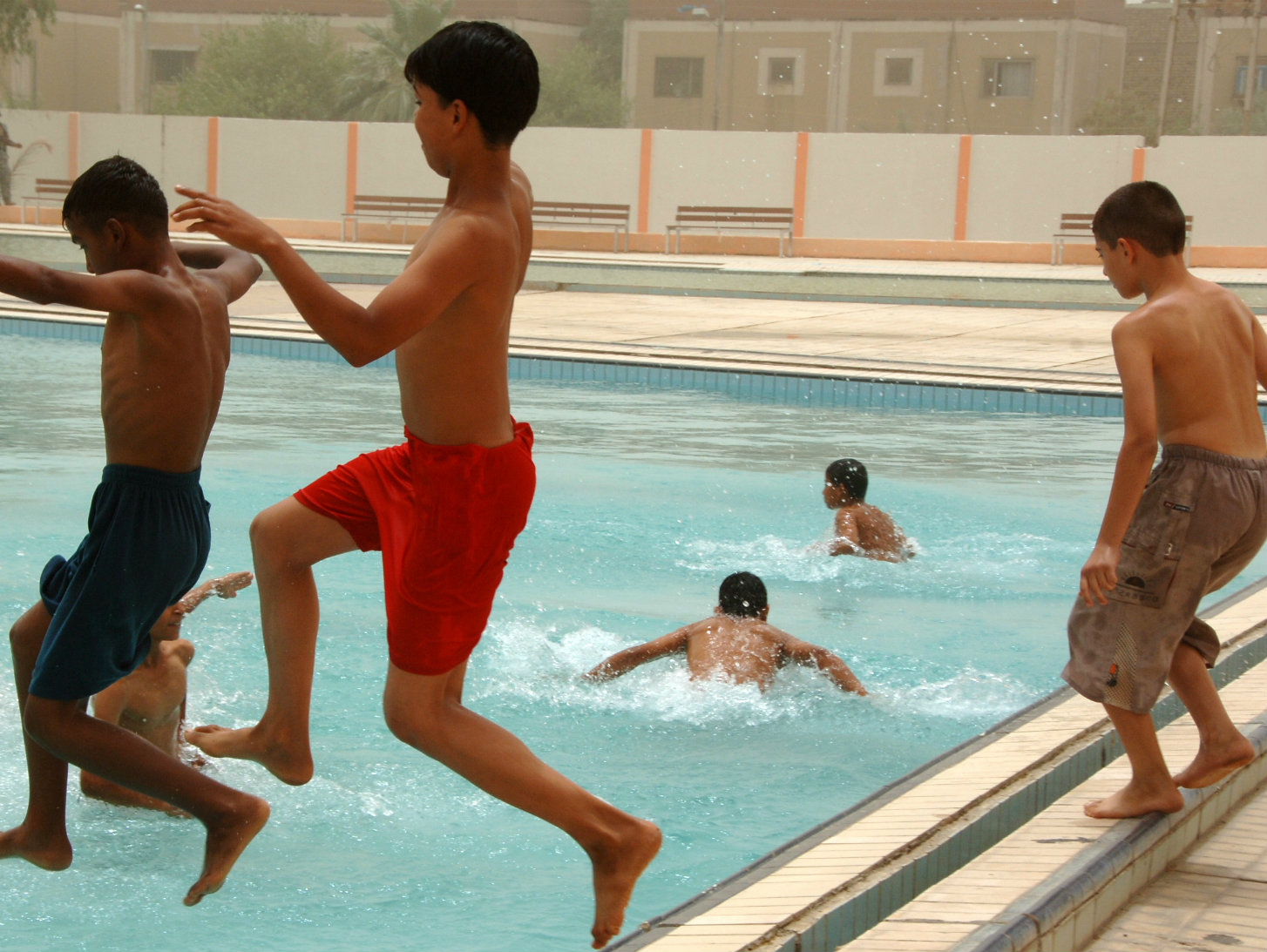A new study coming out of Canada reveals a troubling fact: Youngsters aged 11 to 14 who are new to the country are at high risk for drowning. In fact, the study shows they’re five times more likely to be unable to swim than Canadian-born tweens.
Despite their lack of swimming skills, 93 percent of the new Canadian tweens say they like to participate in activities in and around water, according to the Toronto-based Lifesaving Society, which commissioned the study. Conducted by Gadd Research and McCullough Associates of Toronto in May 2016, the study is titled “The Influence of Ethnicity on Tweens, Swimming and Water Safety in Canada.”
The study focused on 657 Canadian residents, aged 11 to 14. The breakdown: 297 were born in Canada, while 360 respondents came from South and Southeast Asian, Chinese, Middle Eastern and Muslim communities who were not born in Canada.
Why focus on tweens? Barbara Byers said the Lifesaving Society wanted to gain insight into the best ways to communicate to these youngsters about water safety and to motivate them to learn to swim. “This age group is important,” said the society’s public education director in a statement. “Tweens and teens who continue into young adulthood without learning to swim are moving into a very high-risk category. The 2016 Canadian Drowning Report supports this. It indicates that 20- to 24-year-olds had one of the highest drowning rates. Learning even basic survival swimming skills at this age will provide protection into adulthood.”
The study comes at a time when immigration is on the rise. Nearly 30,000 Syrian refugees already have made Canada their home – and the number of immigrants from countries around the globe is expected to accelerate in the years ahead. By 2031, newcomers could account for as much as 28 percent of the Canadian population, according to Statistics Canada. Many are coming from nations where swim lessons and water safety are not the norm, and that is concerning.
In response, the Lifesaving Society has set up basic water-skills training programs such as “Swim to Survive,” taught to third graders in elementary schools. And another, the “Swim to Survive+” program, is aimed squarely at tweens (seventh graders), also taught at schools and imparting the basic swimming skills needed to survive a fall into deep water. There’s also a “Family Swim to Survive” program, which teaches the Swim to Survive skills to entire families.
The Swim to Survive and Swim to Survive+ programs were developed with support from the Stephanie Gaetz KeepSafe Foundation, founding sponsor. Funding has been provided by the Ontario Government-Ministry of Education, the Ontario Trillium Foundation and PPL Aquatic Fitness & Spa Group.
*** *** ***
A Global Problem
The numbers are disheartening: More than 40 people die by drowning every hour of every day worldwide, according to the “WHO Global Report on Drowning: Preventing a Leading Killer.”
The World Health Organization’s report added that drowning is among the 10 leading causes of death of children and young people in every region of the world, with those age 5 and under disproportionately at risk, and males twice as likely to drown as females.



